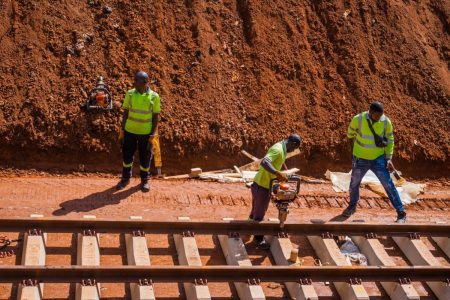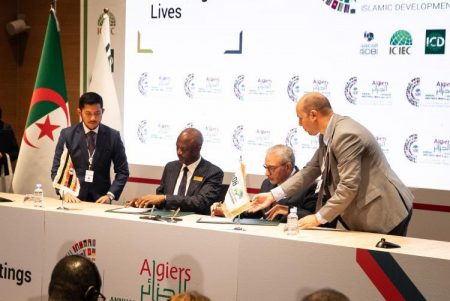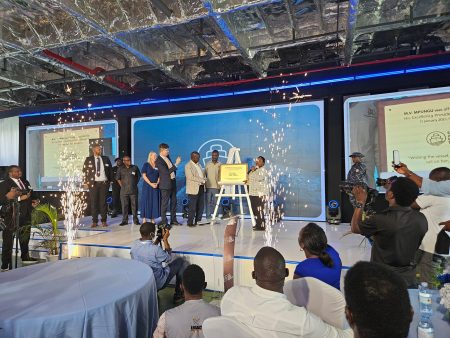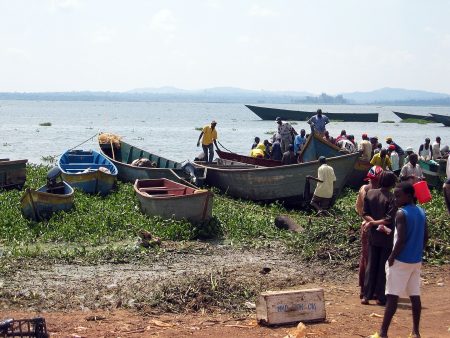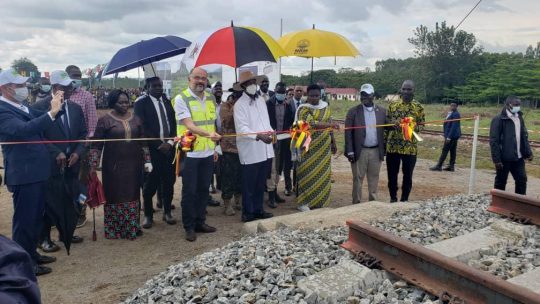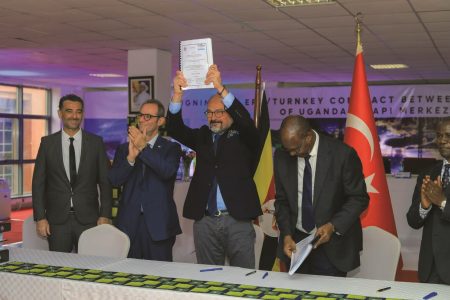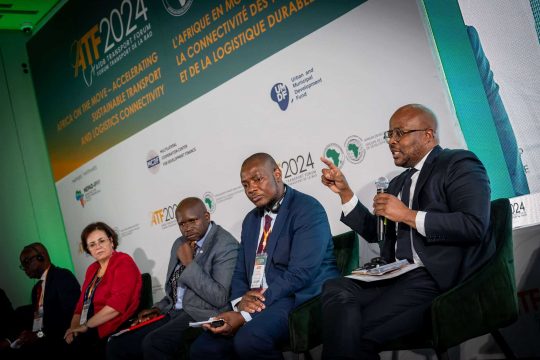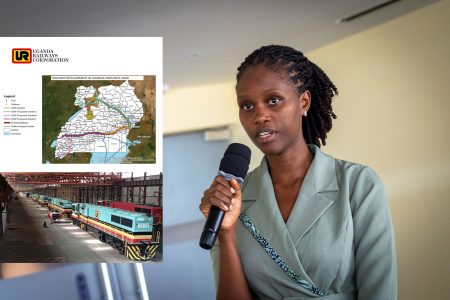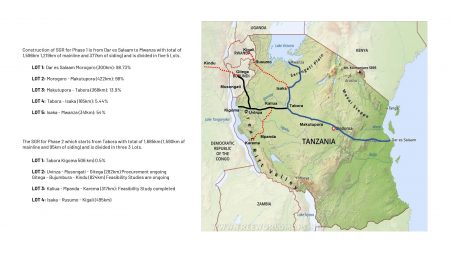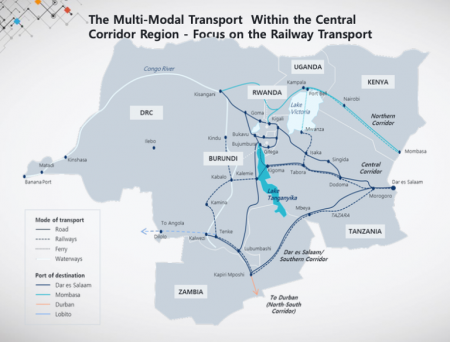This content is for Premium Subscribers only. To view this content, login below or subscribe as a Premium Subscriber.
Related News Articles
Uganda:Harnessing Government Policies for Private Sector Under Tenfold Growth
31 August 2025
East Africa, Uganda
2 min
Kenya and Uganda Deepen Ties with Eight New Agreements
25 August 2025
East Africa, Uganda
1 min
3 min
Uganda Railways Corporation Supply of Locomotives
17 March 2025
East Africa, Uganda
1 min
The Dream of Linking Lake Victoria to the Mediterranean Sea
11 December 2024
North Africa, South Sudan
3 min
Uganda Groundbreaking Ceremony of the Eastern Railway Line (SGR) Has Taken Place
24 November 2024
East Africa, Uganda
4 min
Insights into Uganda Railways Corporation's Projects and Regional Connectivity
12 August 2024
East Africa, Uganda
5 min
New Appointment to Uganda Railways Corporation Board
21 February 2024
East Africa, Uganda
1 min
